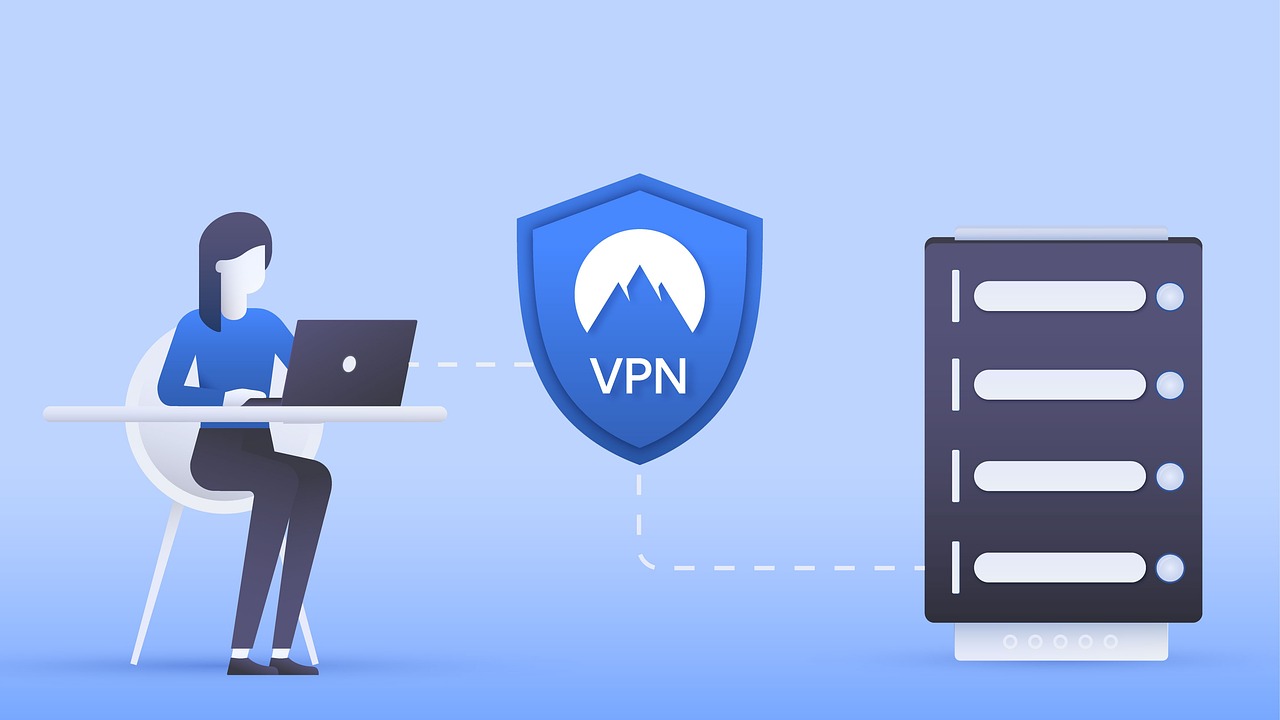
CVE Data: Bridging The Gap For Security Insights
Navigating the complex world of cybersecurity requires a constant awareness of potential vulnerabilities and exploits. The CVE database serves as a cornerstone for this awareness, providing a standardized and comprehensive list of publicly known cybersecurity vulnerabilities. Understanding how to utilize this resource effectively is paramount for security professionals, system administrators, and anyone involved in protecting digital assets. This blog post will delve into the intricacies of the CVE database, exploring its purpose, structure, usage, and importance in the ever-evolving landscape of cybersecurity.
Understanding the CVE Database
What is a CVE?
CVE stands for Common Vulnerabilities and Exposures. It's a dictionary of publicly known cybersecurity vulnerabilities and exposures ma...









